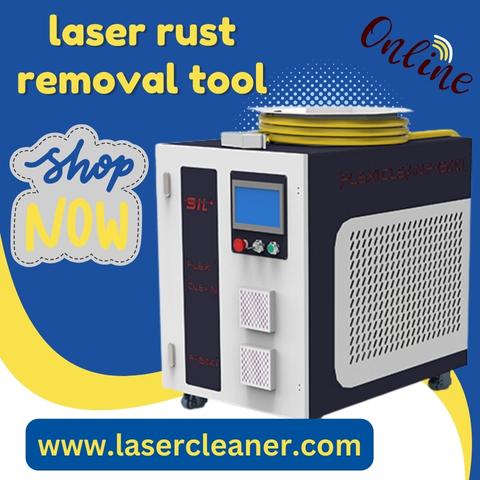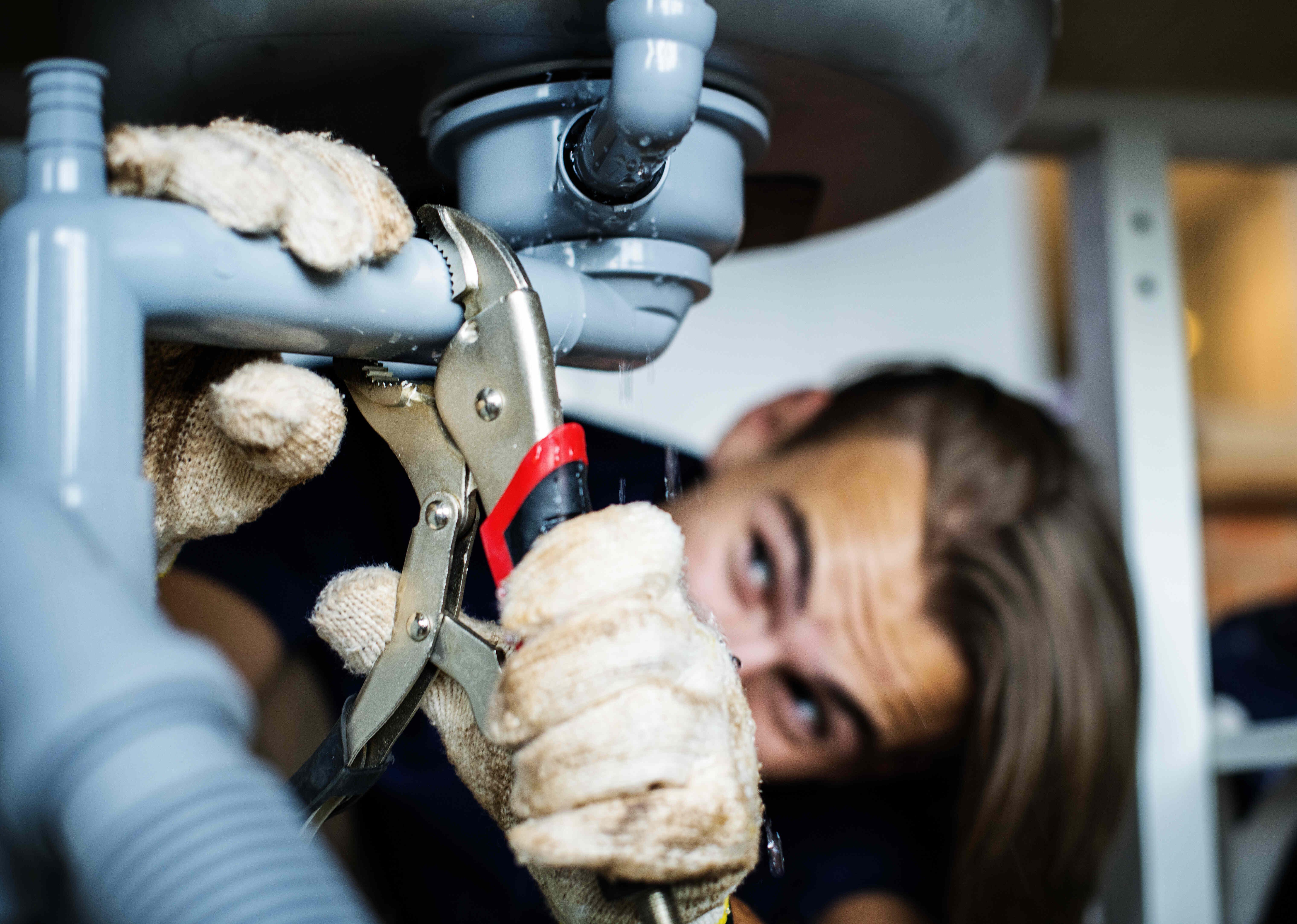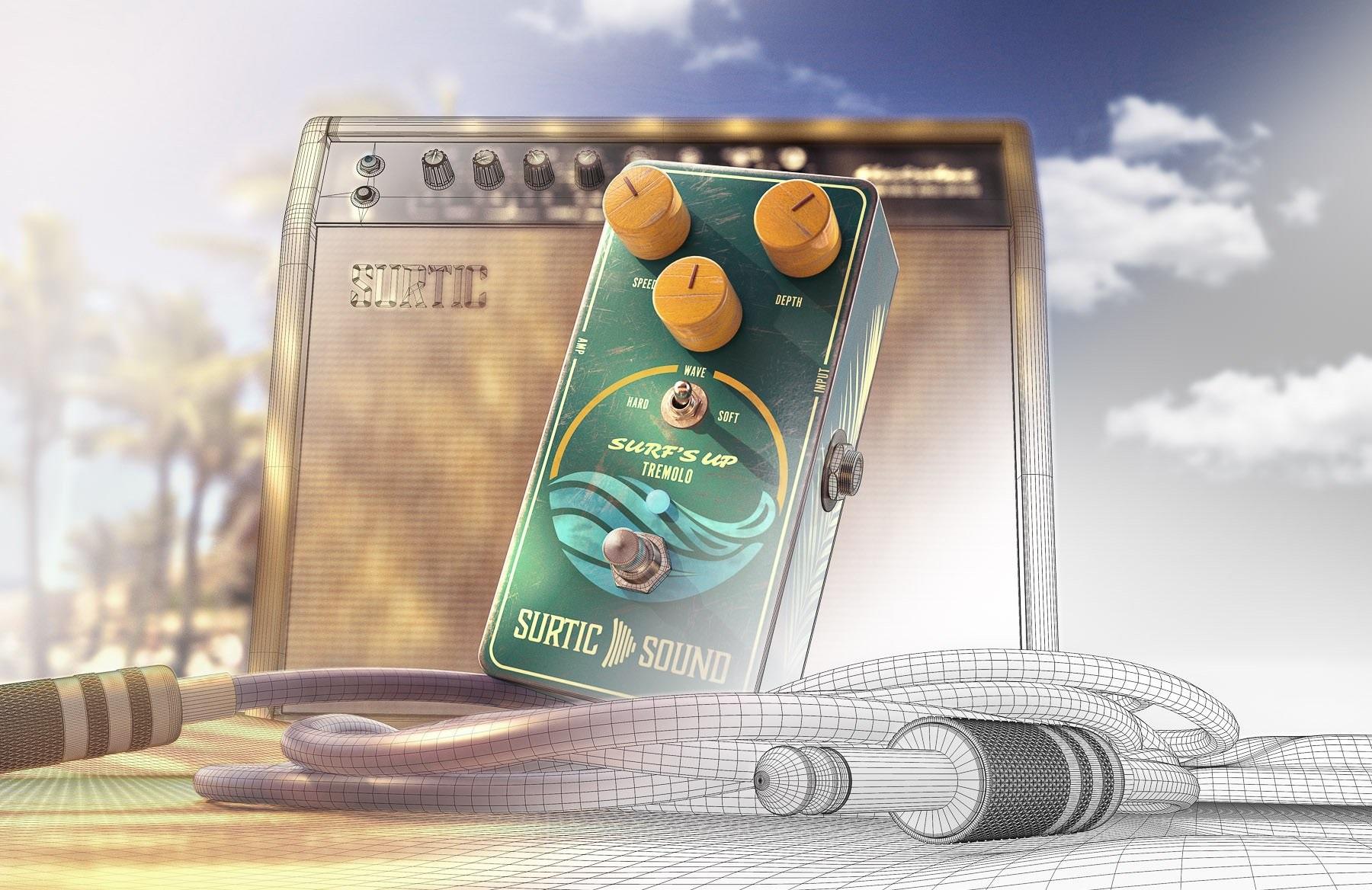Laser Rust Removal Tool: A Modern Solution for Surface Challenges

Rust is one of the most persistent challenges in industries that rely heavily on metal equipment, structures, and tools. The degradation caused by corrosion not only reduces the lifespan of machinery but also impacts safety and performance. Over the years, numerous methods have been applied to combat rust, ranging from chemical solvents to abrasive blasting. However, the emergence of the laser rust removal tool has shifted the focus toward a more advanced and efficient approach for dealing with corroded surfaces.
This technology uses concentrated beams of light to clean rust, paint, and other contaminants without damaging the underlying material. Industries such as automotive, aerospace, marine, manufacturing, and construction have increasingly incorporated this method into their daily operations, ensuring that their equipment remains reliable and cost-effective in the long run.
The Problem of Rust in Industrial Settings
Rust forms when iron reacts with oxygen and moisture. While it may seem like a surface-level issue, untreated rust can penetrate deep into the metal, leading to structural weakness and eventual failure. Traditional approaches to rust removal often involve abrasive grinding or chemical solutions, which may either damage the material or introduce safety risks for workers.
In large-scale industries, the time spent on rust removal directly affects productivity. Manual sanding or chemical cleaning can take hours and often leaves residues that require further treatment. The laser rust removal tool addresses these challenges by offering a precise and residue-free cleaning process that reduces downtime and improves efficiency.
How a Laser Rust Removal Tool Works
The principle behind a laser rust removal tool lies in selective absorption. Rust and contaminants on the surface of metal absorb laser light differently than the base metal underneath. When the beam is applied, the rust heats up and vaporizes, leaving the clean surface intact.
Unlike mechanical methods that physically scrape away rust, the laser beam ensures minimal surface damage. This level of precision makes it particularly useful for industries where maintaining the integrity of the metal is critical, such as in aerospace components or automotive restoration.
The tool can be handheld for smaller applications or integrated into automated systems for large-scale industrial cleaning. Its adaptability makes it a versatile choice for companies with varying needs.
Key Industries Using Laser Rust Removal Tools
-
Automotive Industry
Car manufacturers and restoration specialists rely on the laser rust removal tool for cleaning body panels, chassis parts, and engine components. The process ensures that surfaces are prepared for repainting or welding without introducing contaminants. -
Aerospace Industry
Aircraft structures demand absolute precision. Any structural compromise can have severe consequences. The laser rust removal tool is used to clean and prepare aerospace components while ensuring the base material remains unaffected. -
Marine Industry
Ships, boats, and offshore platforms constantly face harsh environments that accelerate rust formation. Traditional cleaning methods are labor-intensive and time-consuming. The adoption of laser rust cleaning ensures faster maintenance cycles and extended service life of marine vessels. -
Manufacturing Sector
Factories and plants using metal equipment benefit from consistent cleaning processes. A laser rust removal tool helps maintain production machinery in top condition by removing rust and other surface contaminants efficiently. -
Construction and Infrastructure
Structural steel used in bridges, pipelines, and buildings requires regular maintenance to prevent rust-related deterioration. The laser rust removal tool ensures that large metal surfaces can be cleaned effectively, improving durability and safety.
Why Companies Are Turning Toward Laser Rust Removal
While traditional methods continue to be used in some settings, the demand for cleaner, safer, and more efficient rust removal has accelerated the adoption of laser technology. The laser rust removal tool is valued for its precision and speed, which directly impact operational costs and timelines.
Another factor driving its adoption is its adaptability across different scales of work. Whether cleaning delicate machinery components or preparing large structural steel surfaces, the same technology can be adjusted to deliver the desired results.
Real-World Applications and Case Examples
-
Automobile Restoration: Classic car workshops have increasingly adopted laser cleaning. Rusted body parts are restored without grinding away valuable material, allowing restorers to preserve original metalwork.
-
Military Equipment Maintenance: Armored vehicles and weaponry undergo regular cleaning using laser rust removal tools. This ensures readiness without exposing personnel to hazardous chemicals.
-
Pipeline Cleaning: Energy companies use this method to maintain pipelines, reducing downtime caused by corrosion-related maintenance.
-
Ship Repair Yards: Laser technology has shortened cleaning times for ship hulls, enabling vessels to return to service faster.
Long-Term Perspective of Laser Rust Removal Tools
The ongoing evolution of industrial practices continues to highlight the importance of efficiency and safety. As industries grow more conscious about maintenance costs and environmental responsibilities, the laser rust removal tool stands out as a forward-looking solution.
While it began as a specialized technology, its growing availability has made it accessible to a wider range of industries and even smaller workshops. This trend is expected to continue, leading to broader integration into standard maintenance practices.
Final Thoughts
The laser rust removal tool has redefined how industries approach corrosion management. By replacing outdated and time-consuming methods, it has positioned itself as a reliable technology for surface treatment. From automotive workshops to large-scale industrial operations, its applications are wide-ranging and effective. Rust will always remain a challenge, but with this technology, companies are better equipped to maintain performance, extend the lifespan of equipment, and ensure safety across operations.







